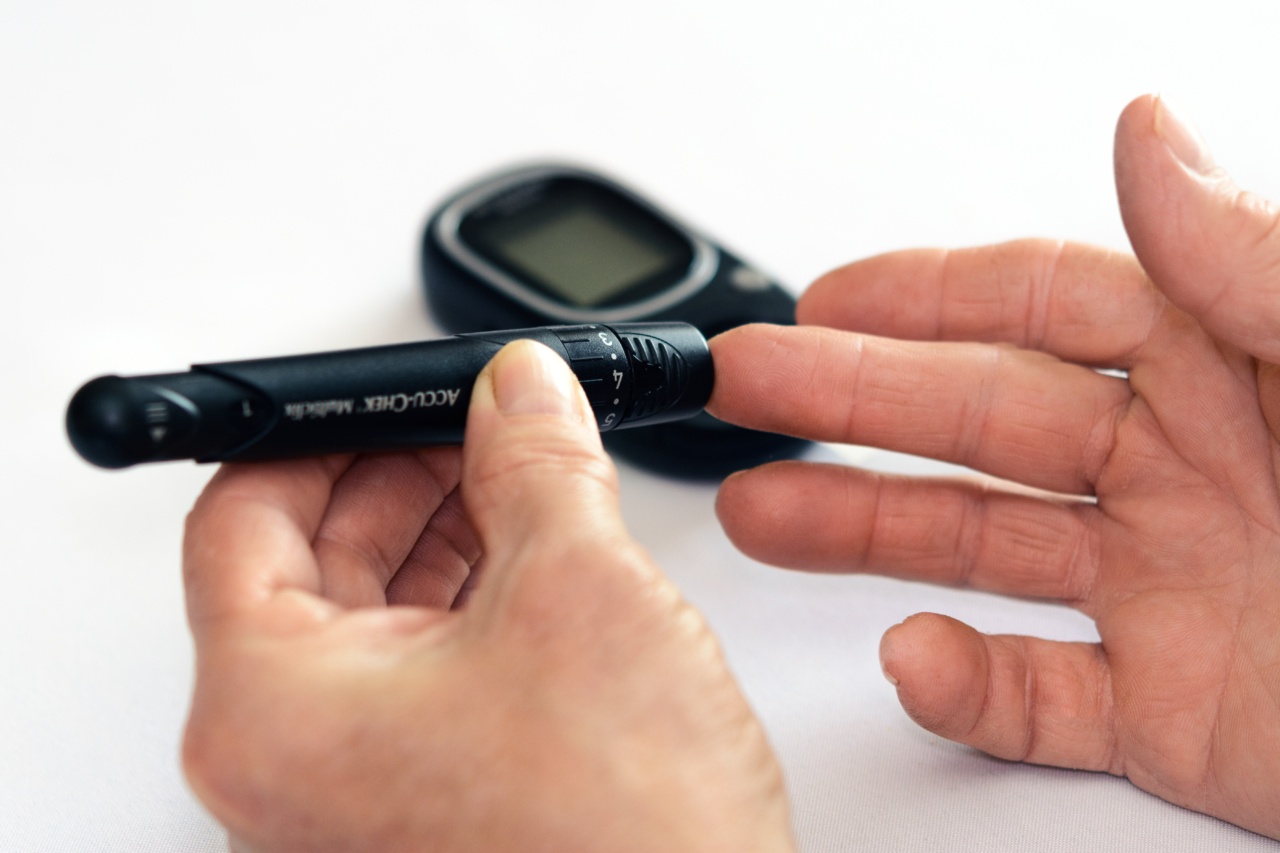Drinking is a common social activity enjoyed by many. It is legal for adults to consume alcohol, but there are certain guidelines that must be followed.
As we all know, alcohol can impair our ability to drive, operate heavy machinery, and perform complex tasks. Blood alcohol content, or BAC, is the measure used to determine how much alcohol is in a person’s bloodstream. Understanding BAC is crucial to responsible drinking, staying safe, and avoiding legal trouble.
What is BAC?
Blood alcohol content (BAC) is the measure of alcohol in a person’s bloodstream. It is measured in grams of alcohol per 100 milliliters of blood or in milligrams of alcohol per 100 milliliters of breath.
The more alcohol a person consumes, the higher their BAC, and the more their ability to properly function is impaired. The National Institutes of Health define “legal intoxication” as a BAC of 0.08 percent or higher; this is the legal limit for operating a vehicle in most states in the US.
Factors that Affect BAC
Several factors can affect someone’s BAC:.
Gender
Women absorb and metabolize alcohol differently from men. Women tend to have a higher BAC than men who drink the same amount of alcohol because women have a higher body-fat-to-water ratio, which affects alcohol distribution.
Amount of Alcohol Consumed
It is not just the type of alcoholic beverage that affects BAC; the amount consumed matters too. The more alcohol someone drinks, the higher their BAC will be.
A standard drink is considered 12 ounces of beer, 5 ounces of wine, or 1.5 ounces of liquor, each containing roughly the same amount of alcohol.
Time Frame
The amount of time over which alcohol is consumed also impacts BAC. Drinking quickly or “binge drinking” will result in a higher BAC than drinking the same amount over an extended period.
Body Weight and Fat Percentage
In general, someone with more body weight will have a lower BAC for the same amount of alcohol consumption than someone who weighs less. This is because alcohol is more concentrated in a smaller body.
Body fat percentage also affects alcohol distribution, as alcohol is not absorbed by fat tissue.
Tolerance
Tolerance to alcohol requires a person to drink more to feel the same effects over time. Regular drinkers often have a higher BAC before feeling the effects of alcohol than someone who rarely drinks.
How BAC is Measured
BAC can be measured through blood or breath tests. Law enforcement officers may use a breathalyzer test to determine a driver’s level of intoxication during a traffic stop.
Blood tests are the most accurate way to measure BAC, but they require a medical professional to administer and are therefore less commonly used for routine testing. Breath tests have some margin of error but remain the most common way to determine BAC for legal and medical purposes.
Effects of Different BAC Levels
A person’s BAC level determines the effects of alcohol consumption. At 0.02-0.03% BAC, someone might feel a mild euphoric effect, decreased inhibitions, and a slightly relaxed feeling.
At 0.04-0.05%, impairment of motor functioning might become slightly apparent. As BAC increases over 0.05%, coordination and judgment are increasingly impaired, and at 0.15%, a person may be unable to walk without assistance, experience severe impairment of motor control, and feel dizzy and nauseous.
Further increases to 0.2-0.25% would likely result in a severe reduction of consciousness and blackouts, while a BAC of over 0.3% would be life-threatening.
The Risks of Drinking and Driving
Drinking and driving is a serious crime that endangers everyone on the road, including the driver, passengers, and other drivers. Driving while intoxicated is one of the top causes of car accidents, injuries, and fatalities in the US.
A BAC of 0.08 percent is the legal limit for driving, and even this level of intoxication can severely impair a driver’s ability to react to unexpected situations. When someone chooses to drive after drinking, they are putting themselves and others at risk. Aside from the legal and safety consequences, the emotional damage caused by drunk driving accidents can last a lifetime.
Conclusion
Understanding BAC is crucial to responsible drinking, staying safe, and avoiding legal trouble. BAC is affected by several factors, including gender, body weight and fat percentage, tolerance, and the amount and time of alcohol consumption.
Different BAC levels have varying degrees of impairment, and drinking and driving is a serious crime that not only affects the perpetrator but also endangers everyone on the road. By taking responsibility for our alcohol consumption, we can stay safe and enjoy drinking in moderation.






























